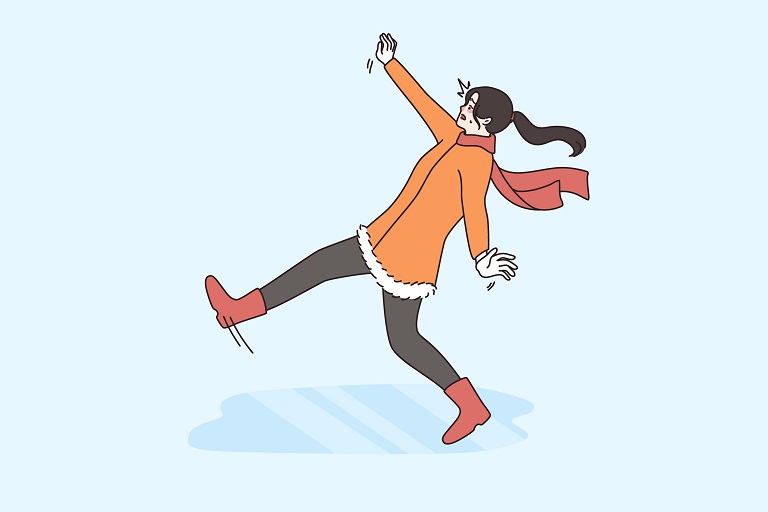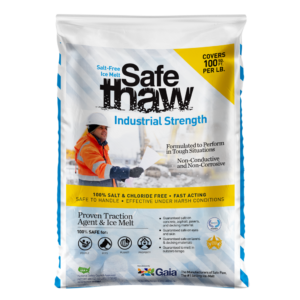How To Treat Back Injuries After Falling On Ice?

The icy beauty of winter comes with many hazards that you must tackle carefully to make this winter pleasant and memorable. Unfortunately, a frequent rise in back injuries is prevalent due to falling on icy surfaces during winters. One standard method people use to prevent slipping is wearing their best spikes for walking on ice.
We will also see people using boot grips for walking on ice. But will spikes and grips keep you safe on all slippery surfaces? The answer is no. Now let us understand how to avoid and treat back injuries after falling on ice.
Injuries Due To Falling On Ice And How To Treat Them
According to the National Institute of Health, back injuries are the most common due to falling on ice. It is because whenever we slip on the icy surface, our brain commands the body to try to control the fall, which creates tension in our spine muscles and can damage the muscle fibers or cause a misalignment of the vertebral joints or a disc injury.
Falling on ice by your back may cause severe injuries like herniated disc, lumbar sprain, and cervical sprain. In addition, your spine (backbone) is a complex and significant structure of the body, and damage to the spine may cause pain in activities like stretching, bending, and even turning.
The most common symptom that determines a back injury is pain. However, the degree of pain may vary depending on the seriousness of the damage and the location that got hurt.
It is recommended that after falling, one should analyze the degree of pain. Usually, acute back injuries only result in some pain and discomfort and recover over time. If it goes beyond general achiness, immediately consult with your doctor.
Get ready for winter with Walk On Ice instant traction on snow and ice
Tips To Avoid Falling On Ice
- The grip on the Ice
The most common way to avoid falling on ice is to get a good hold using an instant traction agent. You can keep the can of an easy-to-use traction agent in your bag and use it on any slippery surface.
- Best spikes for walking on ice
Even though spikes work well on snow but can prove to be disastrous when you step inside. Hence, it would be best if you were cautious while using them.
- Railing support on stairs
Always hold the railing while walking on the outdoor stairs.
- Walk carefully
If you must have to walk on ice, stroll with small steps.
Get ready for winter with Walk On Ice instant traction on snow and ice
Conclusion
Icy & slippery surface during winters is a natural phenomenon that we cannot avoid. Still, we can use precautions to prevent falls and injuries. Even though boot grips for walking on ice can be used by people working in the outdoor snow area. But it does not work well on all surfaces and can hinder. The best method is to use a safe and instant traction agent. It will work on all surfaces and temperatures to safely reach your destination.
Other Ice Melt Products
Safe Paw
The Original and #1 Selling Pet and Child Safe Ice Melt for over 20 years. Guaranteed environmentally safe – will not harm waterways and sensitive wetlands. All products are made in the USA.

Safe Thaw
Imagine an ice melt you can put down and never worry about. It won’t harm pets, kids, and your property. That’s Safe Thaw. Unlike anything else on the market, Safe Thaw can change how winter affects our planet.



